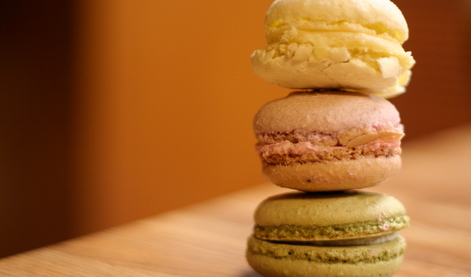I saw the White House Bees!
I went on a weekend trip to Washington D.C., to visit a friend of mine. Anyway, one of the highlights of my weekend (besides the gorgeous weather) was walking past the White House and getting a glimpse of the White House Bees! I was so excited and inspired. I don't have a heck of a lot to say about it, except that it's so exciting that the Obamas are setting a precedent for organic farming and the importance of bees in our communities and urban landscapes. This picture was taken from the City Bees Blog. Click here to see more pictures of the White House...
read more











